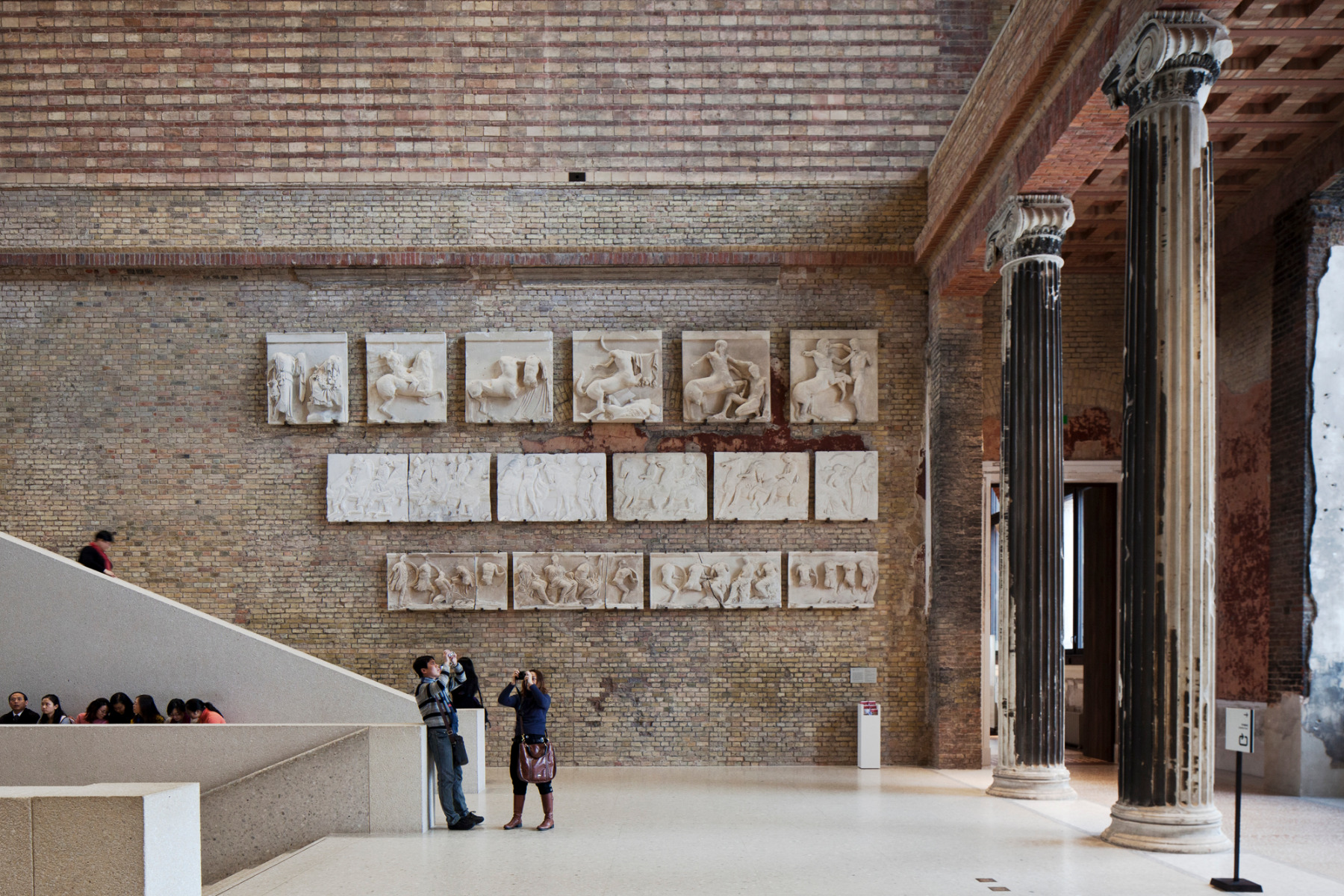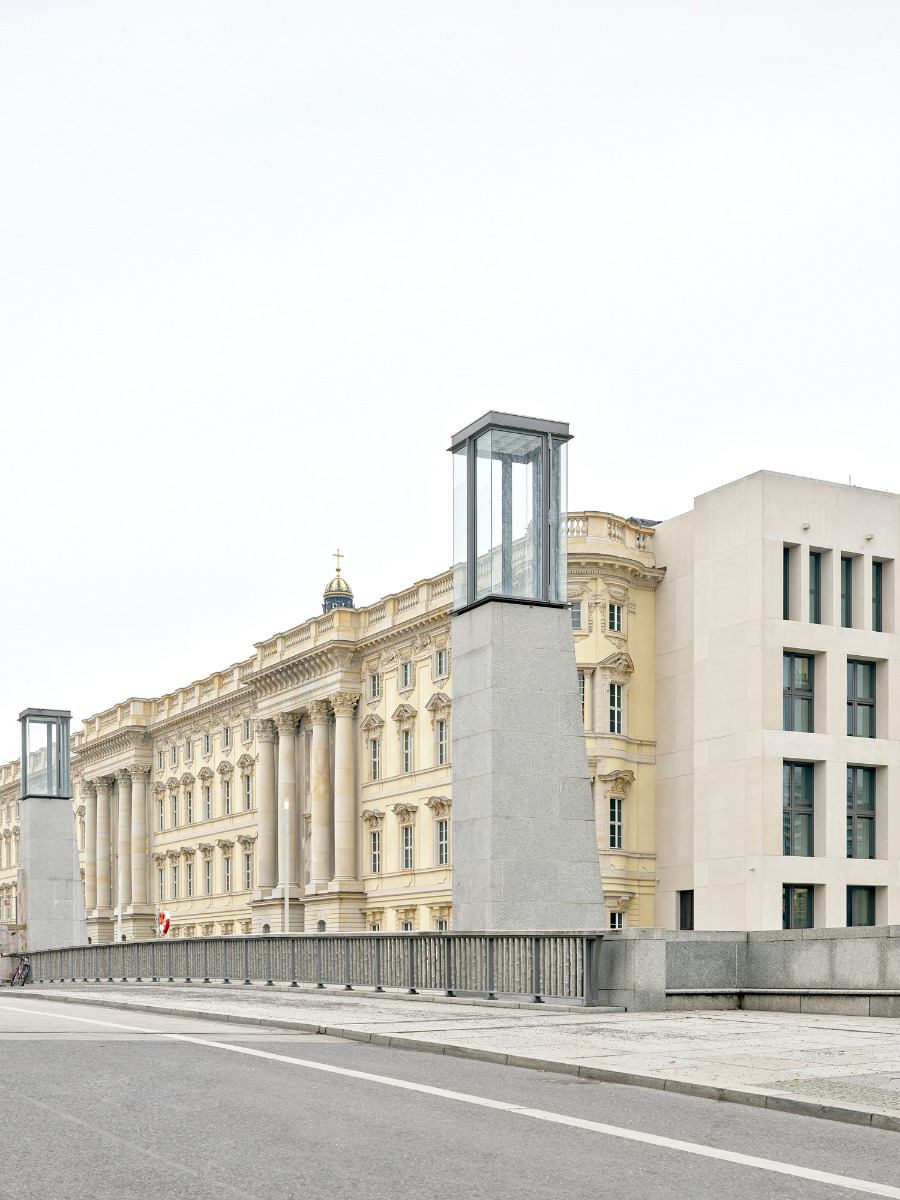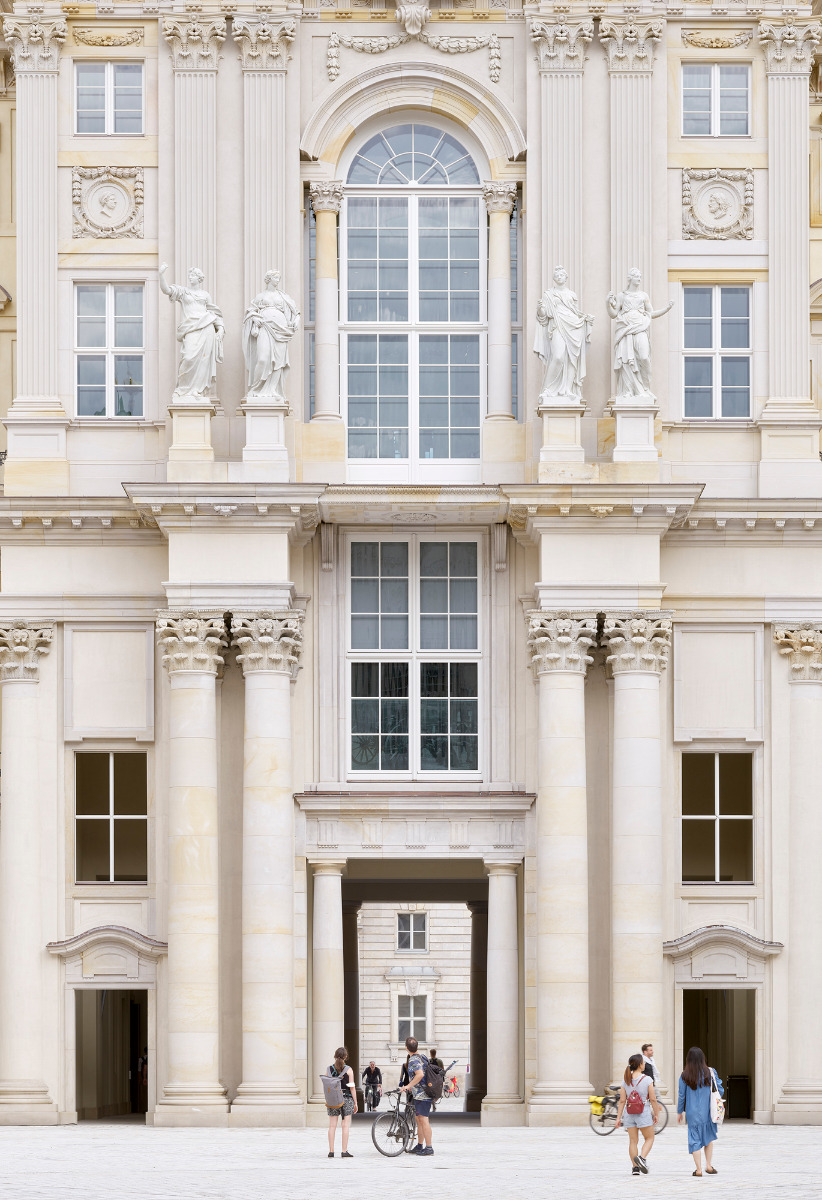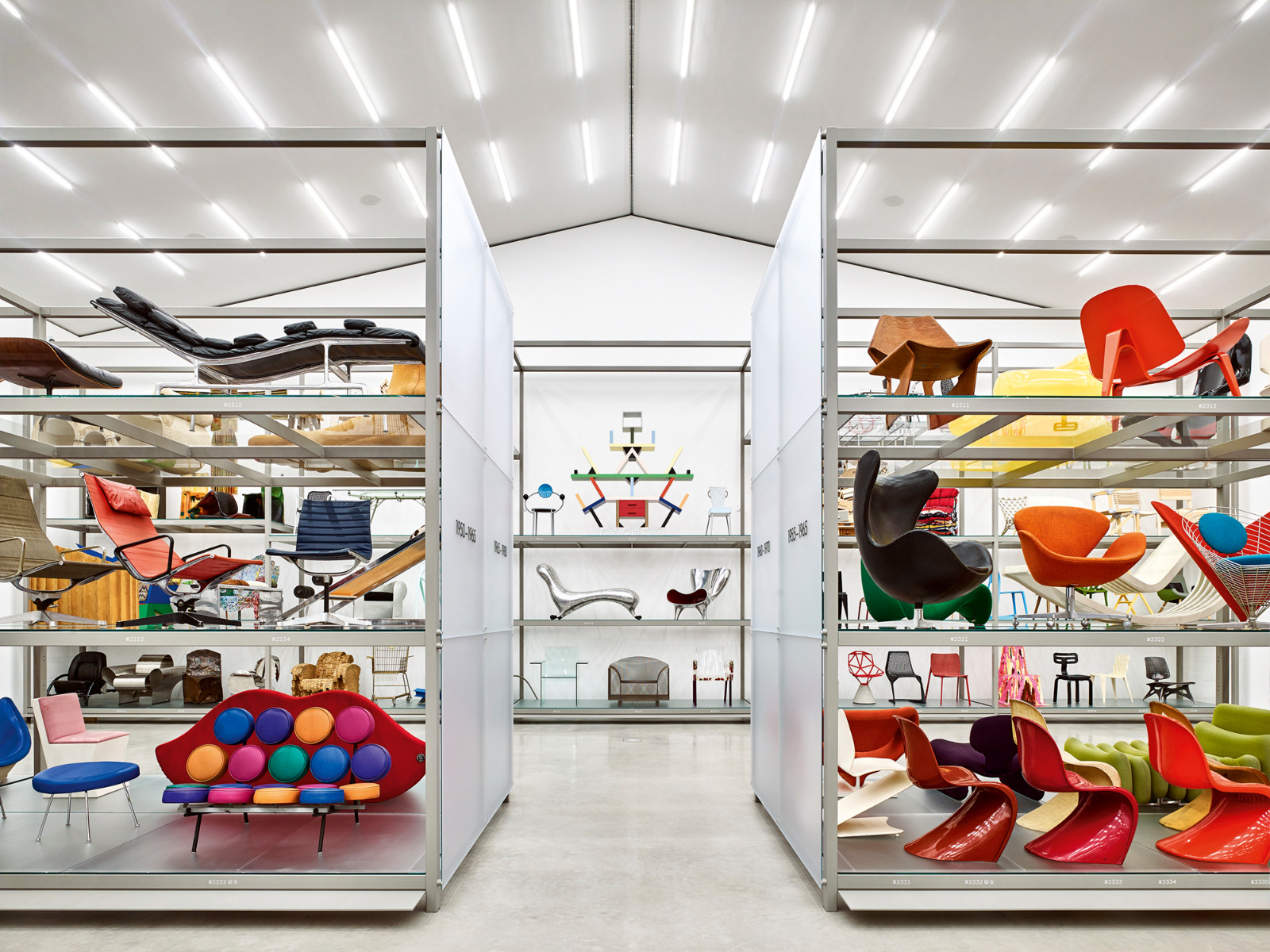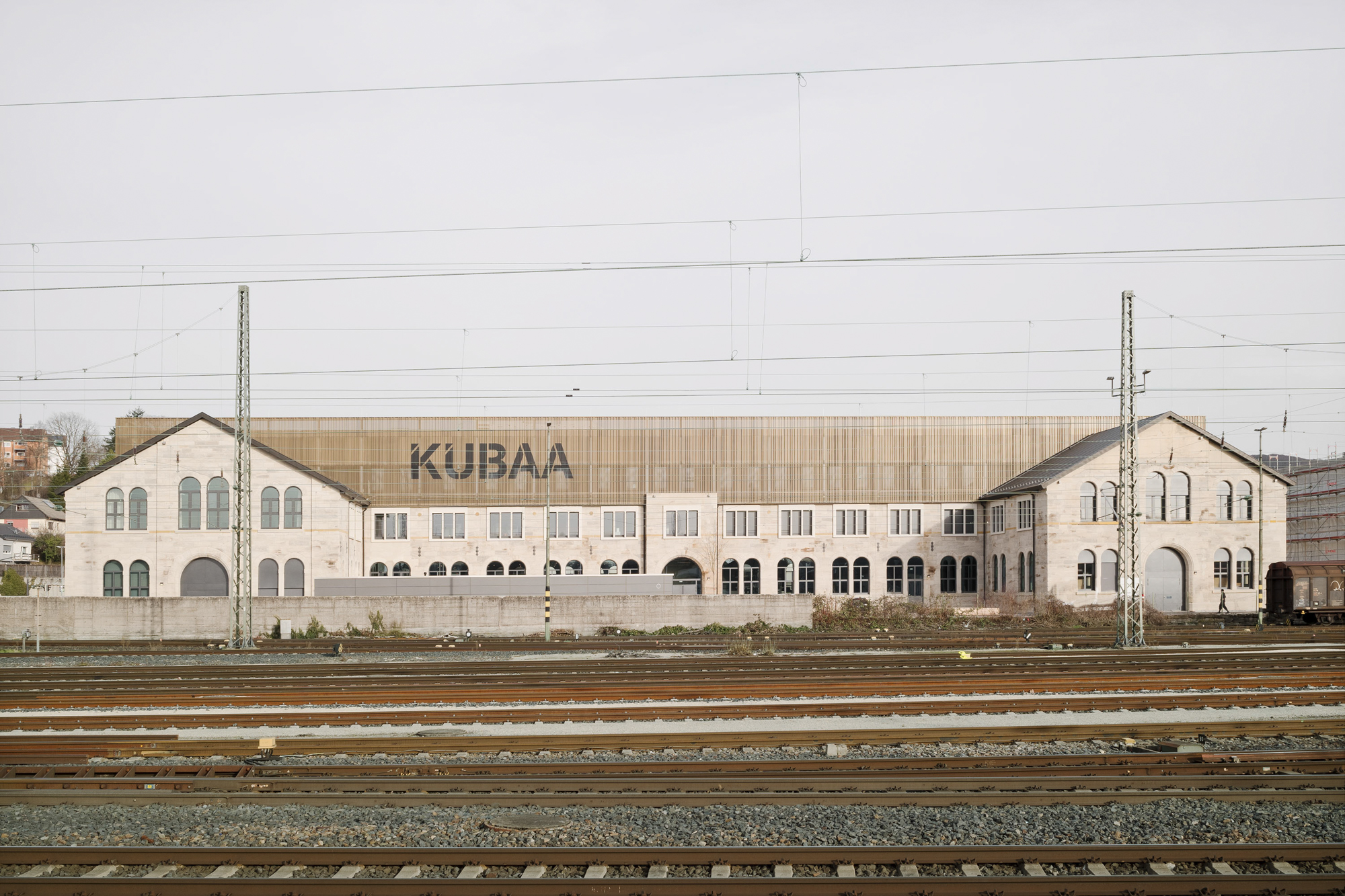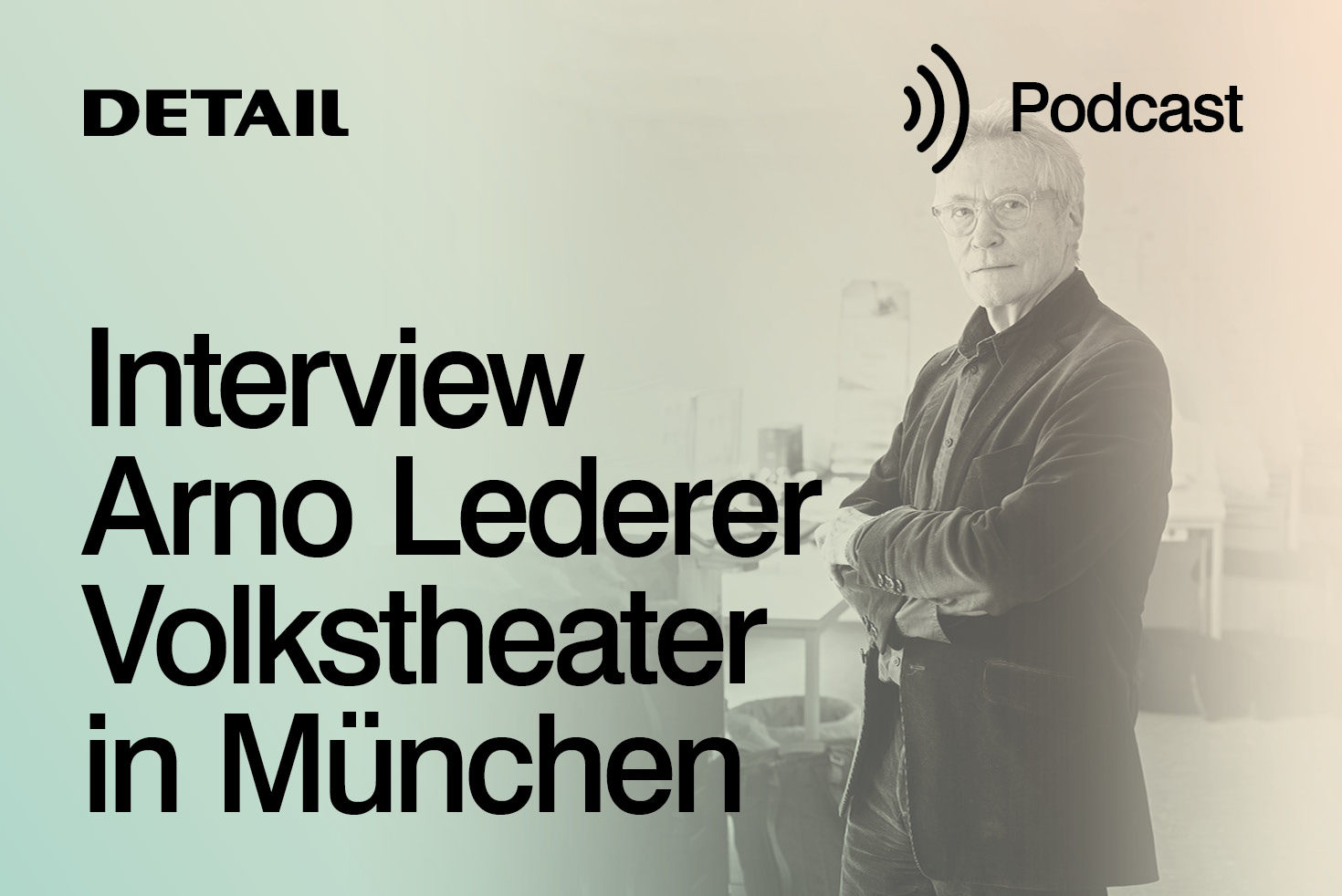Museum types
Immersive Experience Rooms or Walk-In Archives – What Sort of Spaces Does Art Need?

Fujiko Najaka, NebelLeben, Haus der Kunst, Munich (8.4.-31-7-2022), © Marion Vogel
Immersive experience rooms or publicly accessible depots – what sort of spaces does art need? Museums and exhibitions display their objects in a spatial context that architecture particularly contributes to. An overview of four basic constellations.


The foyer at Centre George Pompidou in Paris makes the impression of a game of hidden objects. The cultural machine from 1977 is a popular gathering place to this day. © Daniel Thierry
The sensory experience space
At Munich's Haus der Kunst, the Japanese artist Fujiko Nakaya sent visitors to her "NebelLeben" exhibition on a journey of the senses, with ephemeral water vapour installations making the large rooms seem to disappear at times, dissolving the architecture in fog. The experience of exceptional states of perception is sure to be remembered, even long after the exhibition of summer 2022. Art that stages sensory experiences appropriates space, and needs a white cube and not white walls. This applies to the Palais de Tokyo in Paris and also to the Tate Modern's Turbine Hall, which Olafur Eliasson bathed in sunlight in 2003 in his magnificent "Weather Project".
The culture machine
Why do museums only exhibit art? The Centre Georges Pompidou in central Paris was opened in 1977 and to this day remains a people's palace for one and all. The spatial programme of the "Refinery", as the building became known, has proved its worth over the decades and feature not only exhibition halls but also a public library, a cinema, a research centre und much more besides. Today, almost 50 years after its opening, the Beaubourg is still not only as lively and popular as ever, but other cultural buildings have adopted its mix of uses, bundling, like the cultural machine, a complex public programme that acts as a magnet in the urban space – as at the Oodi Central Library by ALA Architects in Helsinki.


The monumental stair hall at the Neues Museum makes layers of history visible in David Chipperfield Architects' restoration. © Ute Zscharnt
The narrative of history
The Neues Museum by David Chipperfield Architects on Berlin's Museum Island is a critical reconstruction that takes up dialogue with the building's historical remnants. Old and new complement each other in that the ruins of the 19th-century building have been restored in their respective states of preservation and supplemented with sober contemporary elements. As visitors make their way round the various collections, the layers of history become apparent, condensing into a narrative that encompasses the individual exhibits, the building's war damage and its new additions. However, when museums are designed as a narrative of history, their architecture can drift into kitsch. The Humboldt Forum in Berlin presents itself as a new building – in a reconstruction of the historical city palace, complete with its columns and capitols , just as if the Second World War had never happened. What a wasted opportunity!


On the Humboldt Forum exterior, the reconstructed palace facade and a rationalistic punctuated wall meet in discord. © Stiftung Humboldt Forum im Berliner Schloss, Alexander Schippel


Schlüterhof of the Humboldt Forum in the Berlin Palace. © Stiftung Humboldt Forum im Berliner Schloss, Alexander Schippel
The public archive
Many treasures in archives remain hidden from public view, with only a small part of the large depots being shown in exhibitions. So why not make depots accessible to visitors? This idea is embodied by the Museum for Design at the Toni-Areal in Zurich, and also at Herzog & de Meuron's Vitra Viewable Depot in Weil on the Rhine. The new Depot Boijmans van Beunigen in Rotterdam by MVRDV is the most recent and most spectacular fully accessible such archive.


A look into the archive: Rare treasures from the history of design are stored on furniture at the Vitra Design Museum's Viewable Depot in Weil on the Rhine. The museum's archive is publicly accessible.© Vitra Design Museum, Mark Niedermann
Lorem Ipsum: Zwischenüberschrift
The complete essay you'll find in Detail 9.2022 and in our databank Detail Inspiration.





